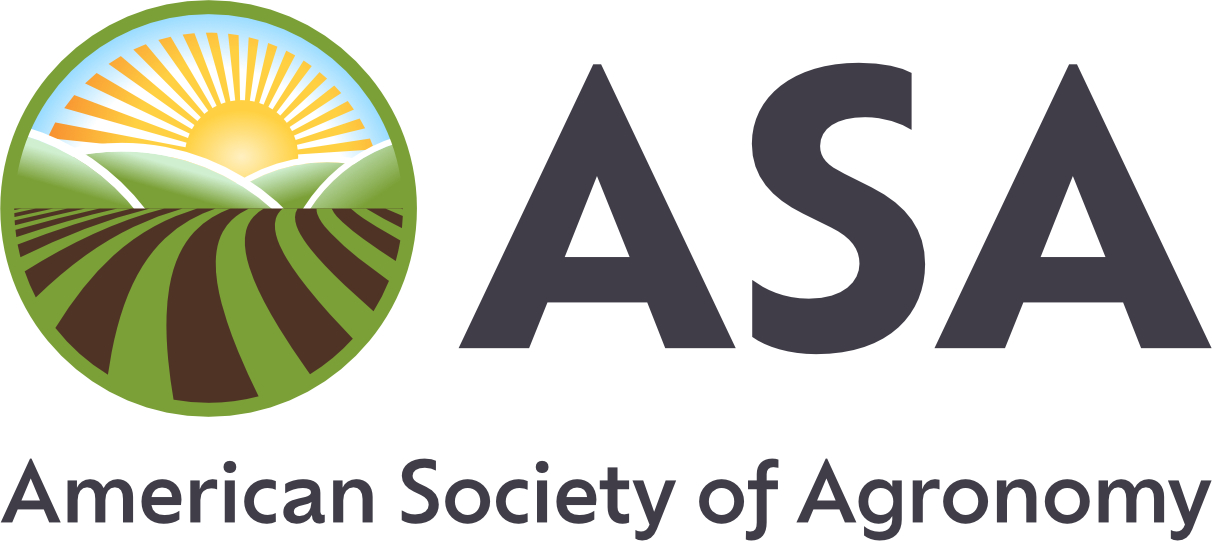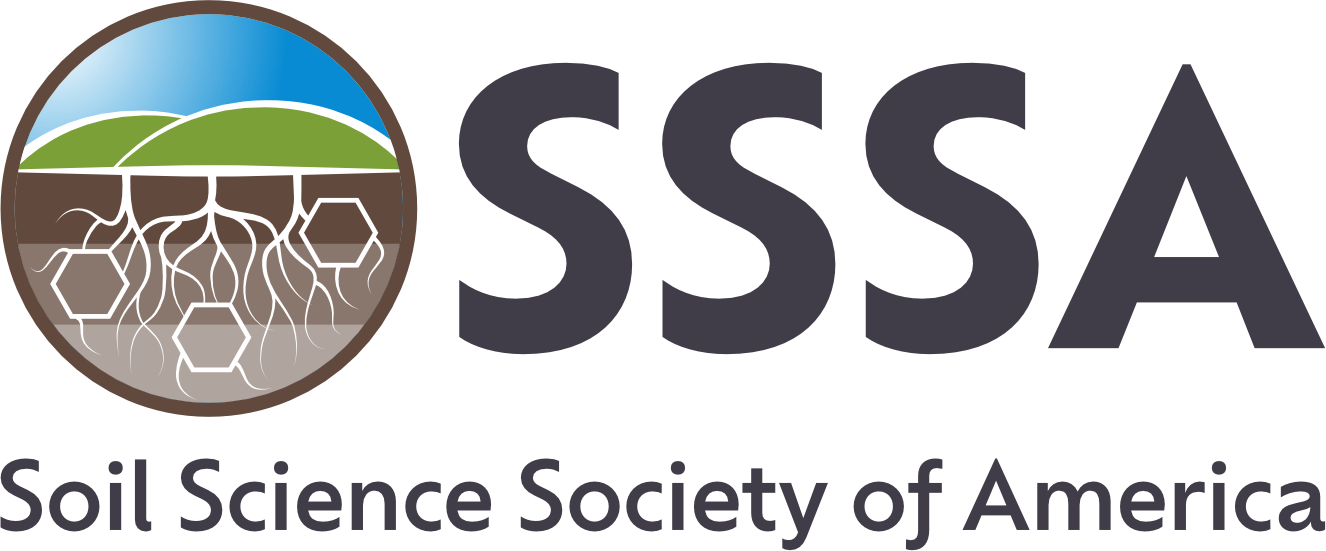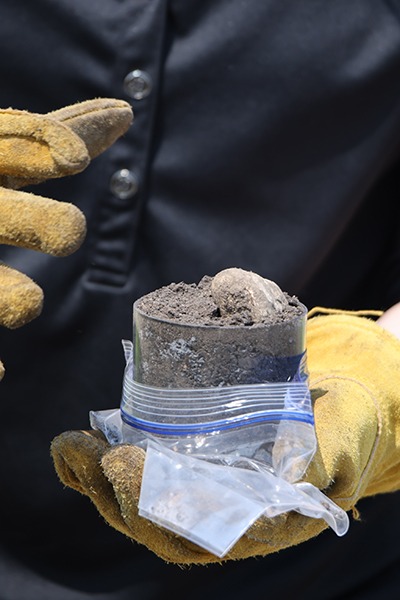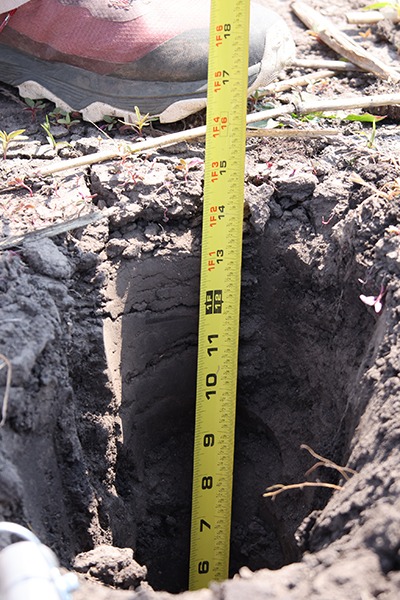How Does Dairy Ration Protein Impact Manure Nitrates & Farm Greenhouse Gas Emissions?
The short answer: Controlling the types and amounts of proteins and amino acids fed to dairy cows causes considerable changes to greenhouse gas emissions and manure nitrates.
The big picture: The cost and environmental damage potential have given dairy farmers a reason to evaluate the quantity and quality of protein they feed their cows. Although the answers to these questions on a per-cow basis can be complex, knowledge of principles can help everyone make better feed management decisions.
- Nitrates vs urea: Dairy cows secrete excess nitrogen in the urine as urea, not in the solid portion of manure. Nitrates arise from bacterial action on urine and manure solids in storage or on the ground. The nitrogen in the manure solids arises from undigested protein which is usually a matter of forage quality.
- Too much protein: Overfeeding crude protein leads to excessive nitrogen excretion. Secondary, and considerably less important, reasons for more urea in the urine result from degradable protein to degradable carbohydrate imbalances and amino acid (AA) imbalances.
- Microbes and mammals: When feeding the dairy cow, we are feeding two systems: a microbial system in the rumen dependent on ammonia and a mammalian dependent on AA, and both must be balanced.
- Balance ration content: Greenhouse gases per unit of saleable meat and milk are minimized if the ration is balanced for degradable fiber, starches, sugars, sugar-like substances, and enough rumen degradable protein (RDP) for the rumen microbes to digest them, as well as the amount of metabolizable protein (MP) and AA arriving at the small intestine of the cow to optimize her milk production. This is controlled by supplementing the microbial protein with rumen undegradable protein (RUP) and perhaps rumen protected amino acids (RPAA). Appropriate vitamin and mineral supplementation must also be added to this.
Break it down: Delivering the right amount and types of RDP to the rumen as well as the correct balance of rumen undegradable protein (RUP), MP, and the proper AA balance is critical. Getting this balance correct will require a computer model.
- A computer model predicts the amount of AA that escape rumen degradation, the microbial protein and AA which get produced by the rumen microflora, along with the digestibility of AA when they reach the small intestine of the cow. Computer models can predict how much and what types of amino acids will be absorbed based on diet composition.
- Rumen microflora growth is influenced by the availability of ammonia and carbohydrates in the rumen. Diets with more ammonia and carbohydrates available produce a more efficient ration.
- While the newer models do an adequate job of modeling these interactions to predict the flow of AA as well as metabolic fuels for the cow, it does require training to correctly interpret and adjust these details.
- A note on nutrition models: All models of cattle nutrition are flawed; in that they all tend to emphasize one aspect of nutrition or another and use different equations in their predictions. All models will require some adjustment to produce consistent results when used outside of the area for which they were designed.
- For this reason, contracting a qualified dairy cattle nutritionist who is using a newer nutrition program is highly recommended. If you want to work in this area, please take time to comprehend the concepts and understand the strengths and weaknesses of the model you are using. And most importantly, learn how to adjust the model to your situation.
Monitoring is key. When determining if efficient protein nutrition is being achieved, you should be monitoring other metrics. Crude protein (CP) content in the ration, bulk tank milk urea nitrogen (MUN), and true milk protein percentage (MTP) are good places to start.
- Crude protein: Normally, for high milk production, CP content of the total diet should range between 15.2-15.7% of dry matter, depending on forage quality and ingredient availability.
- This should be monitored by periodic testing of the total mixed ration and/or the ingredients in the ration.
- This is especially true of the forages. If the ration you are feeding is higher than the recommended levels, take the time to understand the reasons and take steps to correct it.
- Bulk tank milk urea nitrogen (MUN): The MUN level of the bulk tank is highly correlated to protein wastage.
- The expectation is that MUN for well-balanced rations fed to high producing cows should be in the range of 10-11 mg/dl milk.
- If the bulk tank MUN consistently averages greater than 13, then this would indicate that the protein nutrition should be lowered.
- True milk protein percent (MTP): Although this can be influenced by the level of production and days in milk, across the herd, cows fed a properly balanced protein diet should produce MTP at or above the average for the breed. If this is not the case, then the ration balance should be investigated at a deeper level.
Why it matters: Ruminants can digest feeds (i.e., forages) that are indigestible to humans and other animals. By its very nature, this process will always produce methane and carbon dioxide as by-products of fiber digestion. Properly balancing the ration RDP will allow the rumen microbes involved in fiber digestion to grow and digest at their optimum level. Proper protein balance also allows the maintenance cost of methane and carbon dioxide to be spread over more saleable units of milk, thereby reducing the environmental cost of each unit of milk.
In short: A balanced ration is the best guarantee of efficient protein usage in a productive and environmentally friendly feeding system.
Photo by Jason Johnson, Iowa NRCS.








